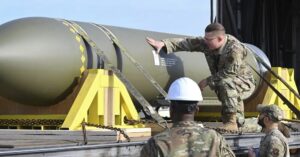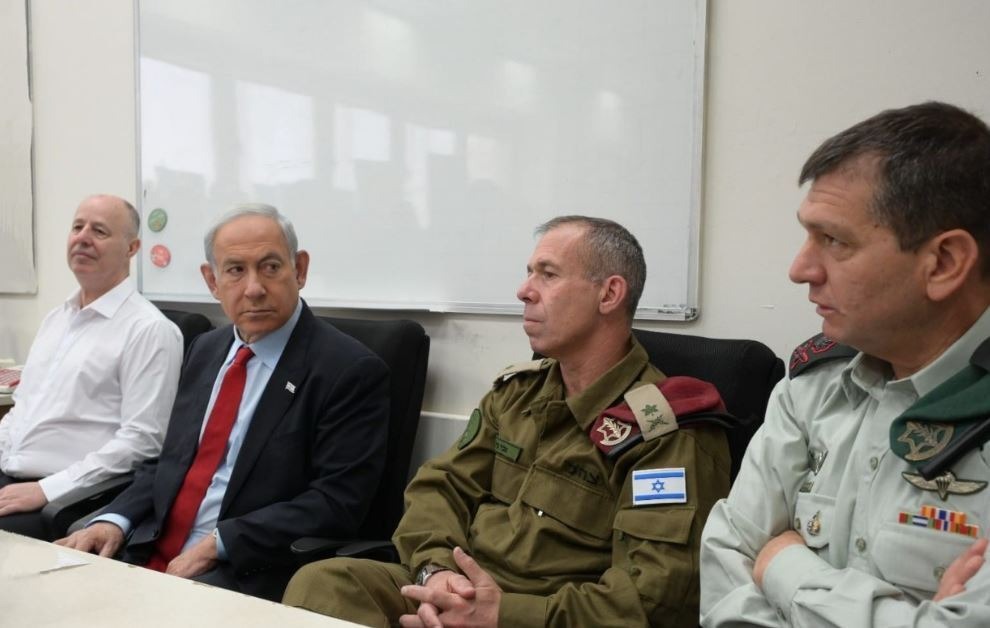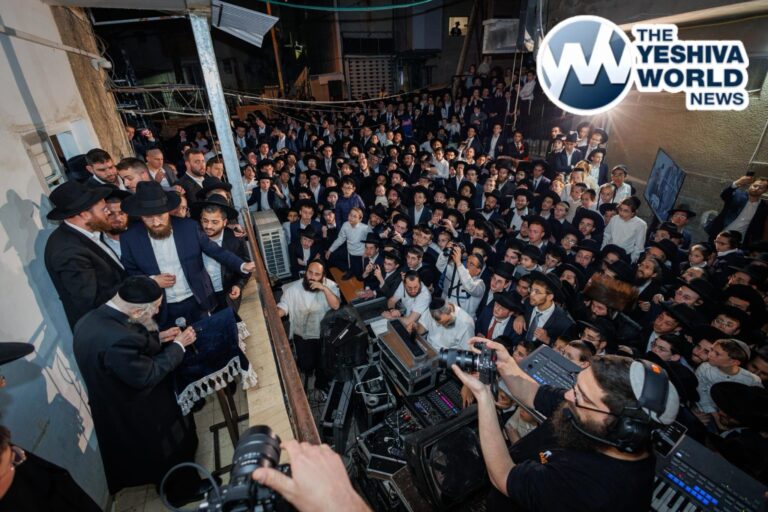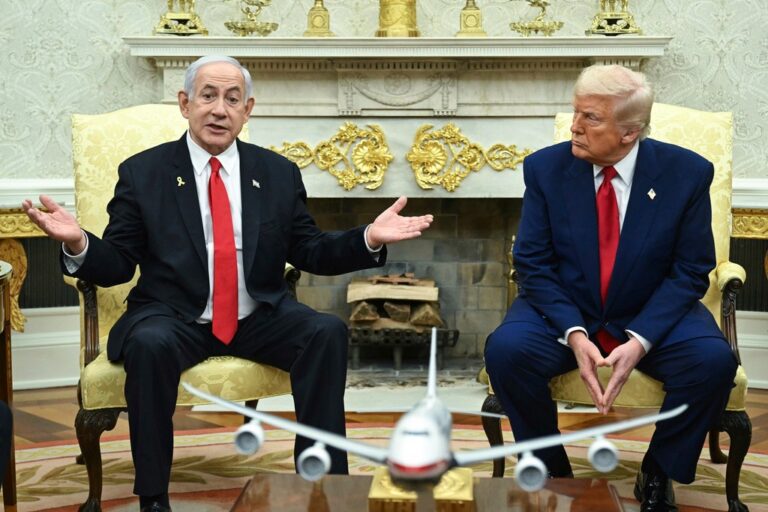National Security Adviser Tzachi Hanegbi on Tuesday addressed reports that Iran is building a new underground nuclear facility that is likely beyond the range of US bunker-buster bombs.
Hanegbi made the comments in response to an Associated Press report that said the new facility appears to be as deep as 100 meters (328 feet) below ground.
Hanegbi, speaking at a security conference near Tel Aviv, said he was not surprised by the report, noting that Iran has other underground facilities. While he acknowledged the location would complicate any potential military strike on the facility, he said there are still solutions to the challenge.
“What is possible to say about this matter is that there is no place that can’t be reached,” he said.

He declined to say whether Israel had the ability to do this on its own.
“We hope we won’t get to a situation where the solution to the story of a nuclear weapon in Iran is a kinetic solution, a solution involving an attack,” he said, adding that Israel prefers to see the international standoff with Iran resolved through diplomatic means.
Photos and videos of Iran’s new facility from Planet Labs PBC show Iran has been digging tunnels near the Natanz nuclear site, which has come under repeated sabotage attacks over the years. Excavation mounds at the site suggest the facility could be between 80 meters (260 feet) and 100 meters (328 feet) under the ground, according to experts and AP’s analysis.
The Islamic Republic denies it is seeking nuclear weapons, though officials in Tehran now openly discuss their ability to pursue one.
With Iran now producing uranium close to weapons-grade levels after the collapse of its nuclear deal with world powers, the installation complicates the West’s efforts to halt Iran from potentially developing an atomic bomb as diplomacy over its nuclear program remains stalled.
Uranium enrichment is a key element of producing a nuclear bomb. Israeli experts believe Iran would need additional time, up to two years, to develop the means to deliver and detonate a warhead.
Addressing the same conference, Israel’s military chief, Lt. Gen. Herzi Halevi, said Israel is closely monitoring Iran’s nuclear program and reiterated that the military is prepared to take action.
“There are possible negative developments on the horizon and that can bring about action,” he said. “We have capabilities. Others have capabilities, and this is a very significant and important matter.”
(AP & YWN Israel Desk – Jerusalem)












2 Responses
The pasuk says “mguras reshaim he tvoanah” what the wicked fear that is what comes. The Iranian and the world know all of Israel capibilities including the x-ray microwave lasers spying satilites weaponry that Israel country has, and it will not help them win a war, because it was proven that the Torah community forgot that from the evil come only evil and from the tza
From the Torah and tzadikim only the will of hashem